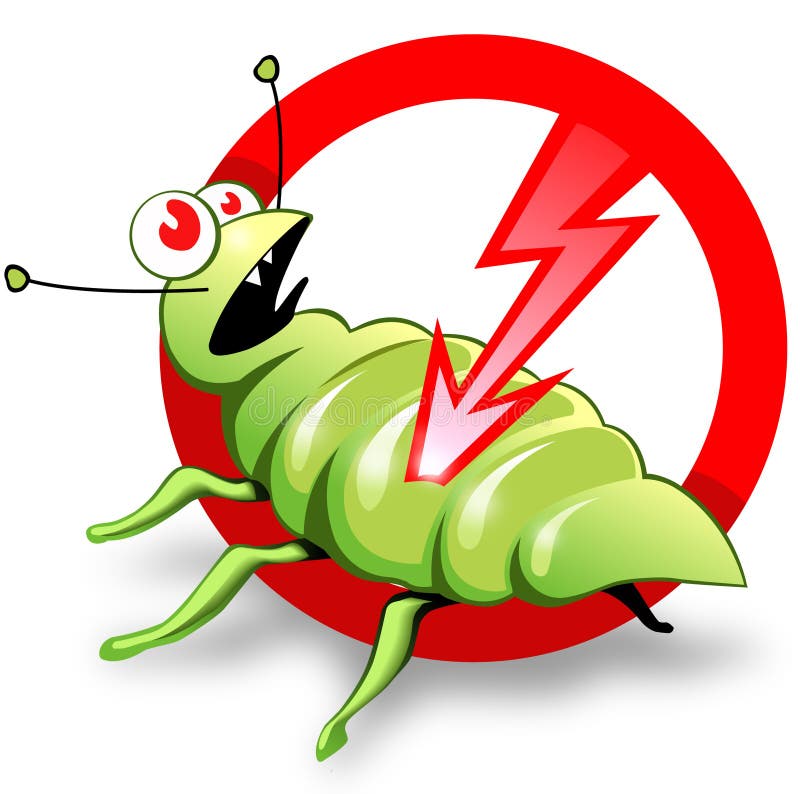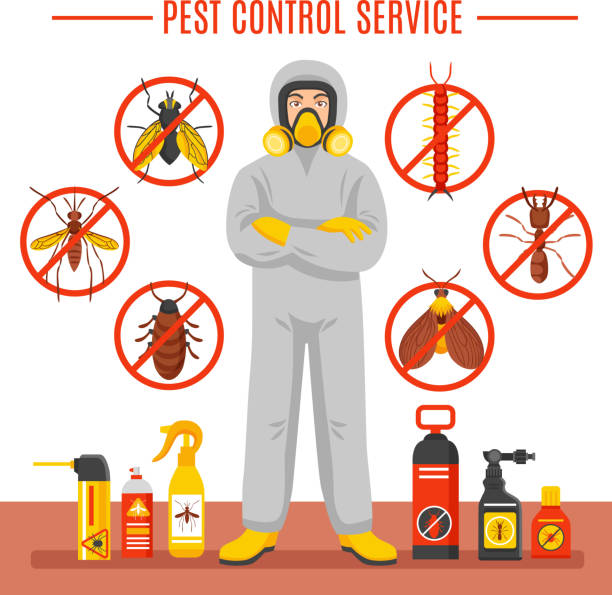Discovering Infestation and Therapy Strategies in the World of Bug Control
The landscape of insect control includes a myriad of obstacles, specifically as problems of typical household pests remain to progress. Comprehending the behaviors and reproductive patterns of these nuisances is critical for creating reliable treatment techniques. By integrating safety nets with sophisticated monitoring methods, such as Integrated Insect Administration (IPM), house owners can better safeguard their environments. The performance of these methods may differ substantially based on specific circumstances. What hidden factors add to the success or failure of these approaches in different settings?

Common House Pests
When it comes to handling our home, comprehending usual household parasites is essential. These bugs not just disrupt our convenience but can likewise position health risks and damages property. One of the most common house insects consist of ants, roaches, rats, termites, and bed bugs.
Ants, commonly seen foraging in cooking areas, can infect food and establish big colonies. Roaches, known for their resilience, can set off allergies and spread pathogens. Rats, including mice and rats, can create architectural damages and bring conditions like hantavirus and salmonella. Termites, often described as "quiet destroyers," can compromise the honesty of wooden frameworks, causing pricey repair work. Bed insects, although not disease providers, can cause significant discomfort through their attacks and lead to emotional distress.
Acknowledging the indicators of these parasites, such as droppings, nests, or bite marks, is important for very early intervention (Pest Control Lockhart). Correct cleanliness practices, sealing entry factors, and maintaining a clutter-free atmosphere are effective preventative actions. By determining these usual home parasites and recognizing their behaviors, home owners can take positive actions to reduce problems, guaranteeing a much healthier living environment
Comprehending Pest Infestations
Parasite invasions can escalate rapidly, transforming a minor inconvenience right into a significant issue if not resolved promptly. Comprehending the nature of these problems is essential for efficient monitoring. Pests can get into property and commercial areas for different factors, consisting of the search for food, shelter, or breeding grounds. Usual variables adding to invasions include bad hygiene, architectural susceptabilities, and seasonal changes that drive bugs indoors.
Determining the kind of insect is vital, as various types display varied behaviors and reproductive prices. Rodents may establish nests in surprise locations while bugs like cockroaches thrive in wet settings. Early detection typically depends upon recognizing indicators such as droppings, munch marks, or uncommon sounds, which can show a trouble before it becomes extreme.
Ecological conditions also play an essential function in insect proliferation. Cozy, damp climates can promote the fast growth of parasite populaces, while changes in landscape design or building and construction can unintentionally create helpful atmospheres. Regular assessments and preventative measures are extremely important to alleviating the risk of invasions. An informed technique to understanding these characteristics lays the groundwork for efficient pest administration techniques in the future.
Therapy Methods and Methods
Reliable therapy methods and techniques are necessary for minimizing insect invasions and recovering a secure environment. A diverse technique is usually best, incorporating chemical, biological, and mechanical techniques customized to the certain parasite and the severity of the infestation.
Chemical treatments include making use of insecticides and herbicides, which can successfully get rid of parasites. Proper application and adherence to safety standards are important to minimize dangers to people and non-target organisms. Integrated Bug Monitoring (IPM) urges the wise usage of chemicals as a last hope, counting rather on tracking and threshold degrees to establish treatment requirements.
Organic control techniques involve presenting natural killers or parasites to reduce insect populations. This technique is progressively popular, especially in agricultural click site setups, as it promotes ecological sustainability.
Mechanical methods, such as catches and barriers, provide instant relief from bugs without introducing chemicals. Choices include sticky traps for pests or physical barriers for rodents.
Eventually, the option of treatment technique should think about the specific bug, the setting, and prospective effect on human wellness and environments. A balanced combination of these approaches can efficiently take care of infestations while promoting long-lasting pest control options.
Safety Nets for Residence
Proactively dealing with bug concerns before they intensify is essential for maintaining a healthy home atmosphere (Pest Control Lockhart). Applying effective precautionary procedures can significantly decrease the probability of problems, inevitably safeguarding both your building and health

Proper landscaping also plays a critical duty in avoidance. Maintaining bushes and trees trimmed away from the house decreases the chances of pests finding their means inside. In addition, make certain that water drainage systems are working effectively to stop standing water, which can draw in insects and various other bugs.
Lastly, regular evaluations are recommended. Consistently checking for indications of pest task enables very early treatment. By taking on these safety nets, house owners can create a setting that is less hospitable to bugs, thus boosting their general lifestyle and minimizing the demand pop over here for comprehensive pest control treatments.
Commercial Bug Control Strategies
A thorough method to business insect control is crucial for services aiming to preserve a secure and hygienic atmosphere. Effective methods entail a combination of routine inspections, worker training, and the execution of Integrated Pest Administration (IPM) techniques.
Regular assessments enable early discovery of parasite activity, enabling timely treatment. Businesses ought to establish a regular timetable for these assessments, concentrating on risky locations such as cooking areas, storeroom, and waste disposal websites. Staff member training is equally important; personnel her latest blog needs to be enlightened on the signs of insect invasions and the value of reporting them immediately.
Implementing IPM practices assists alleviate bug concerns sustainably. This consists of environment alteration, such as securing access factors and lowering mess, along with using all-natural deterrents prior to considering chemical therapies.

In addition, teaming up with a qualified parasite control service provider guarantees access to expert knowledge and advanced therapy alternatives. This collaboration can cause personalized insect control plans tailored to the details needs of business, reducing risks and boosting total effectiveness. Eventually, a proactive and enlightened strategy promotes a pest-free atmosphere, securing both public health and wellness and business reputation.
Verdict
In verdict, effective parasite control necessitates a detailed understanding of typical home insects and their behaviors, coupled with targeted therapy methods. Executing preventative steps together with therapy strategies such as Integrated Bug Monitoring and biological control enhances the capability to mitigate invasions.